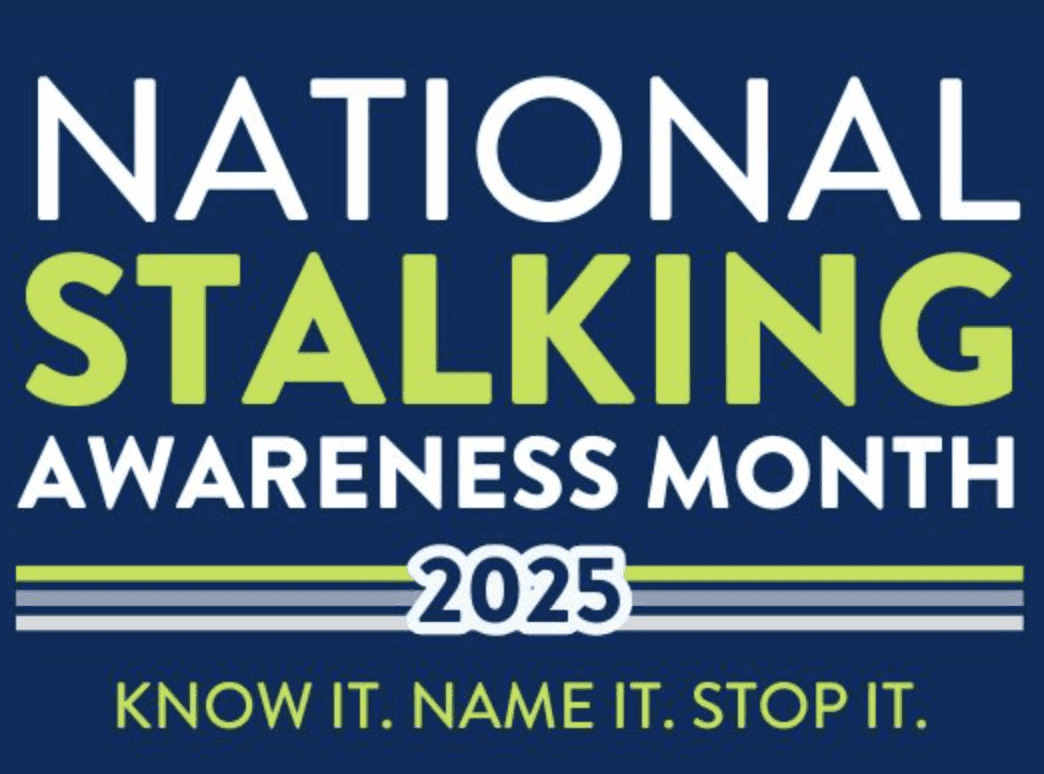By Deana M. Newman, M.A., C.C.P.
“Attention all men…get on your mark…get set…go to the nearest phone and make an appointment for a medical check-up!” The 2008 National Men’s Health Week is scheduled for June 9th – 15th and now is the time to make personal preparations as well as increase awareness amongst family and friends.
Statistics have routinely shown that men’s health is dangerously at risk. On average, a man’s lifespan is six years younger than a woman’s and they endure higher mortality rates based on the top causes of death such as heart disease and cancer.
In a 2005 Men’s Health Network study of the American uninsured population, 53.5% of those uninsured were men which equates to a lack of preventive medicine and treatments. The Centers for Disease Control and Prevention (CDC) also reported the rate of doctor visits for preventive medicine and annual exams was 100% greater for women than men. While all types of non-pregnancy-related doctor visits by women aged 15 – 44 years was 56% greater than men in the same age range.
The following facts are a glance of current health threats for males of all ages and race:
*Source – The Men’s Health Network/National Institutes of Health
o The male fetus is at greater risk of miscarriage and stillbirth.
o Male births slightly outnumber female births (about 105 to 100), but boys have a higher death rate if born premature: 22 percent compared with 15 percent for girls.
o Overall, more newborn males die than females (5 to 4).
o Boys are three to four times as likely to be autistic or have Tourette’s syndrome.
o Mental retardation afflicts one and a half times as many boys as girls.
o As teenagers, boys die at twice the rate of girls through homicide, drowning or from a car accident.
.
o Men are 16 times as likely as women to be colorblind.
o Men suffer hearing loss at twice the rate of women. – (Based on clinical testing of course.)
o The male hormone testosterone is linked to elevations of LDL, the bad cholesterol, as well as declines in HDL, the good cholesterol.
o Men have fewer infection-fighting T-cells and are thought to have weaker immune systems than women.
o Men have a higher death rate from pneumonia and influenza than women.
o Stroke, cancer, diabetes, heart disease and accidents — all among the top causes of death — kill men at a higher rate than women.
o As a result, data shows that men live six years less than women and face major health risks that can be prevented by healthy behaviors and treated if they are diagnosed early
Though the issues above are gender based, men’s health issues can affect families and households across the nation, which goes to show that matters of health and efforts to increase awareness will always improve through a community effort. Therefore, wives, mothers and significant others, make sure the men in your lives make an appointment to visit a health care provider. An individual effort has the potential to save the lives of millions.
For additional resources on men’s health topics, visit the Men’s Health Network by logging on to
www.menshealthnetwork.org



